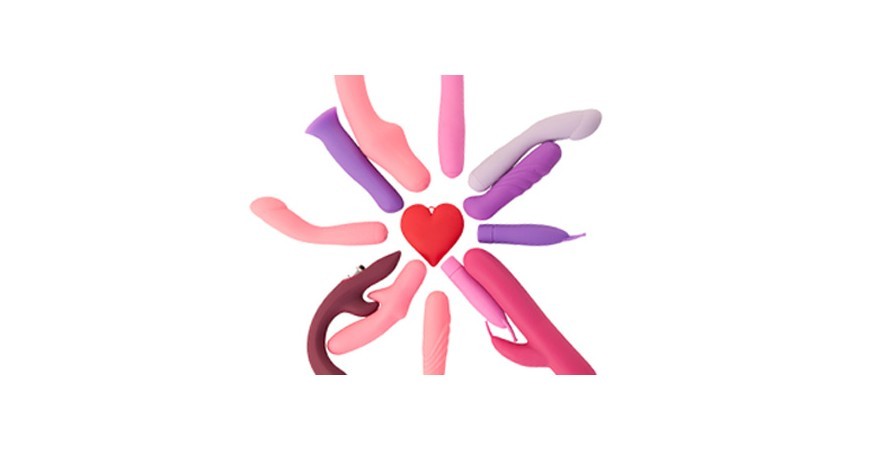All you need to know about female ejaculation
It’s not only men that can ejaculate. Though little is known of the physiological mechanism behind female ejaculation, scientists state the it actually affects the majority of women. So here’s our brief Q&A to help you understand it more clearly.
Female ejaculation and female fountain - what are the differences?
From a biological perspective, female ejaculate comes from the Skene glands - or female prostate - located along the urethra. The glands produce a whitish fluid, usually in small quantities, excreted via two micro holes near the end of the urethra. As with men, female ejaculation is directly linked to pleasure!
In turn, female fountains produce a clear, odourless liquid collected in the bladder and emitted through the urethra during intercourse(1). It’s released spontaneously, during an orgasm, hence the famous “squirting”.
Who does it effect?
Female ejaculation is a widespread phenomenon, Dr Cabello Santamaria estimates that around 75% of women are able to ejaculate upon orgasm, though the amount of liquid is sometimes so small, it goes unnoticed!
As such, it’s very important that sexually active women have an uninhibited relationship with their bodies. This is not so prominent as this phenomenon has been taboo in many countries as has been female orgasm...
Can all women experience female ejaculation?
Yes, if they relax and let go… It’s important to feel comfortable and know female ejaculation is neither dirty nor unpleasant: they’re mere manifestations of pleasure.
Want to find out more about how to experience female ejaculation? Heighten your excitement during foreplay and give your partner the chance to stimulate your G-Spot with some naughty accessories… Book a Soft Paris party to get expert advise on which intimate toys to use and how to use them.


